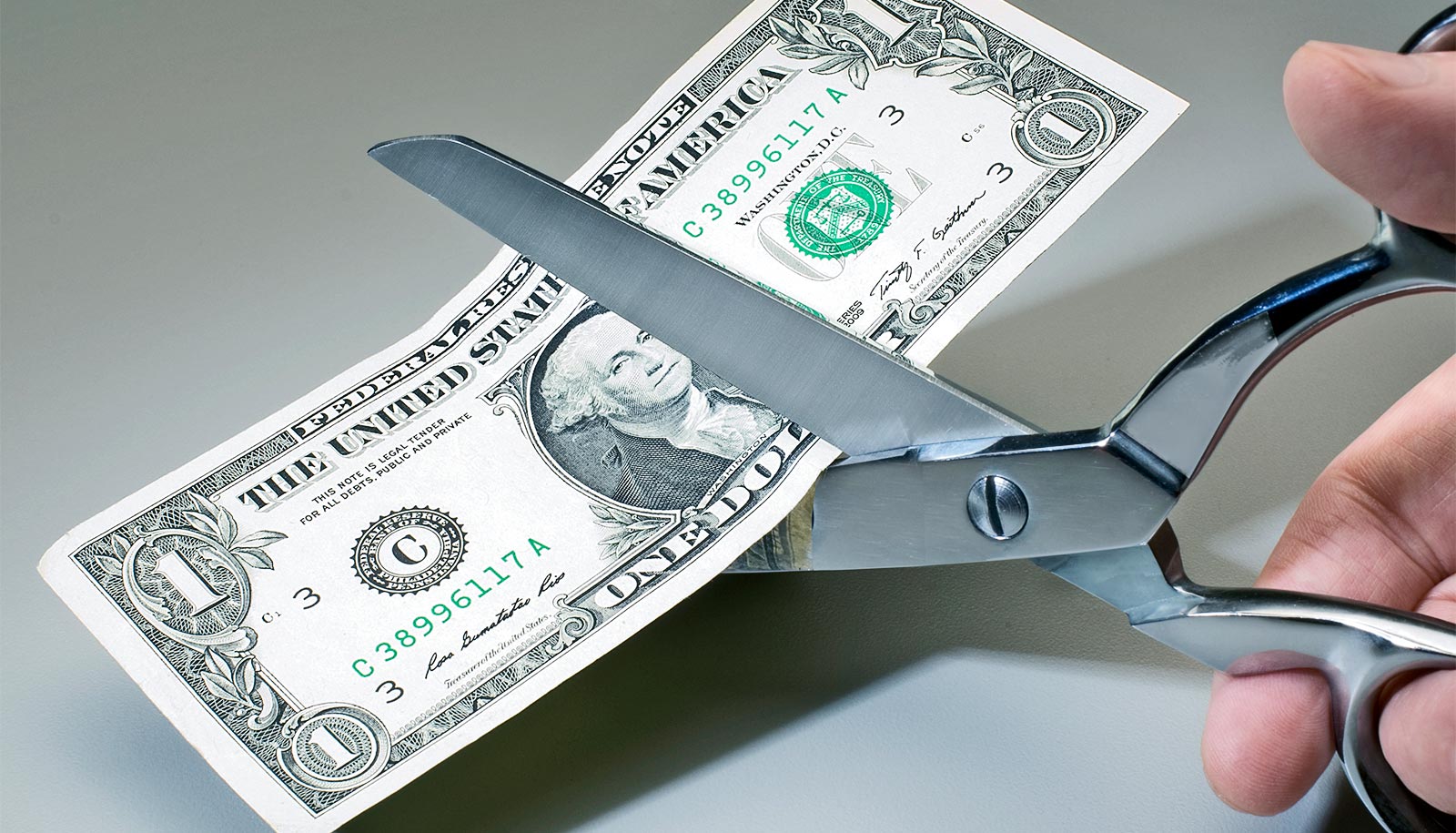Dining out frequently can make it harder to control a food budget, new research suggests. People who eat out often tend to underestimate the amount they’d spend over the week and then raise the following week’s budget.
Rather than making people smarter consumers, frequent dining out may be associated with their inability to impose mental constraints on buying, says Amit Sharma, associate professor of hospitality management and director of the Food Decisions Research Laboratory at Penn State.
“What we saw consistently throughout the study was that when people reported their dining-out budget for the second time during the experiment, it was significantly higher than what they stated the first time,” says Sharma. “What this tells us is that obviously they thought they would spend less in a week, but as the week progressed they realized they were spending a lot more and they rationalized that increase.”
Participants in the study upped their mean personal dining-out budget from a little under $18 in week one to about $55 in week two. The mean family dining-out budget rose significantly from around $33 in week one to $41 in week two.
You don’t always have to pay more for healthy food
The numbers were particularly significant for workers who eat lunch at restaurants or convenience stores. People who reported eating lunch out at work one to two times a week set their mean budget at approximately $13 in week one, only to raise it to $35 in week two. For those workers who claim to eat lunch out three or more times a week, the mean budget more than doubled from $55 in week one to $121 in week two.
Sharma, who reports his findings in the Journal of Hospitality and Tourism Research, suggests that mental budgeting may cause some of the over-spending habits of out-of-the-home diners.
“We tend to discount the future more than we should and, therefore, place higher value on current consumption,” says Sharma. “To avoid over-consumption, as consumers, we tend to use more local constraints to curb current spending. One way we do that is through mental budgeting, in other words, we mentally tell ourselves that we will spend so much on dining out, or some other category of expenses.”
Although most consumers may not consider spending money on food as an important financial decision, Sharma says the frequency of food purchases means that expenses quickly add up. According to the US Department of Agriculture, spending money on eating out takes up to nearly half of the food budget in US households.
Pay with cash and stuff may mean more to you
“There are a greater number of studies on large purchases—saving for retirement, buying a car, or saving for a down payment for a house, for example—but we don’t buy cars every day, however we make smaller decisions for spending money every day, such as eating away from home,” says Sharma. “Slight deviances in every-day spending could quickly accumulate.”
Sharma recruited 60 dual-parent families who did not keep a written budget and divided them into two groups: a treatment group and a control group. Data on the participants’ eating-out behavior came from a two-week period. The researchers used online survey questionnaires and cell phone text messages to collect data from the subjects.
They asked the treatment group to declare a budget for eating out at the end of the first week and at the end of the second week.
In future studies, the researchers plan to find out just how the diners rationalize the rise in their food budgets and how this might also affect their financial being and health.
“Based on what we have found in this study, it’s reasonable to think that further research could help us learn even more and that has implications for the financial well being and even healthfulness of consumers,” says Sharma.
Source: Penn State



